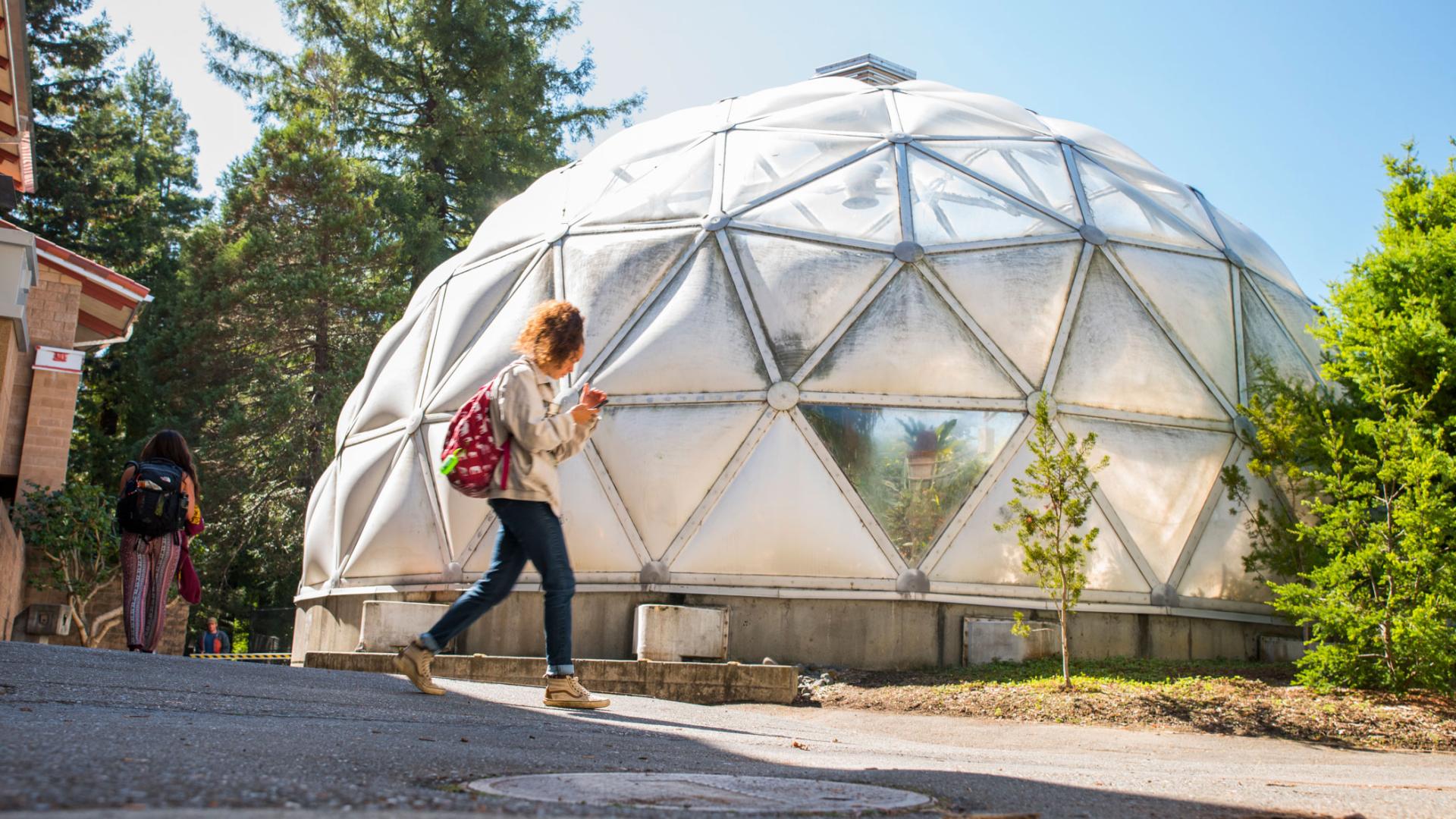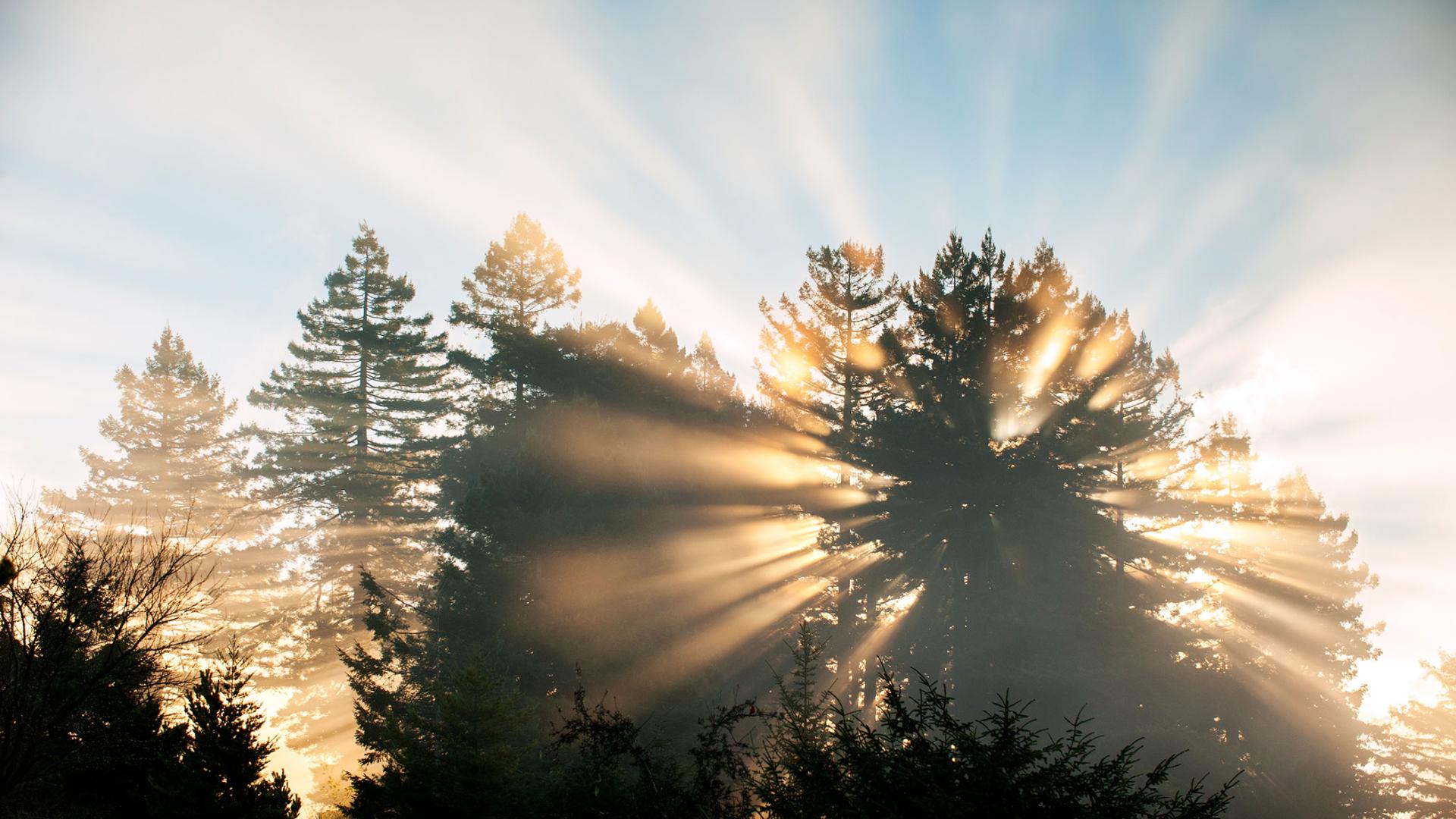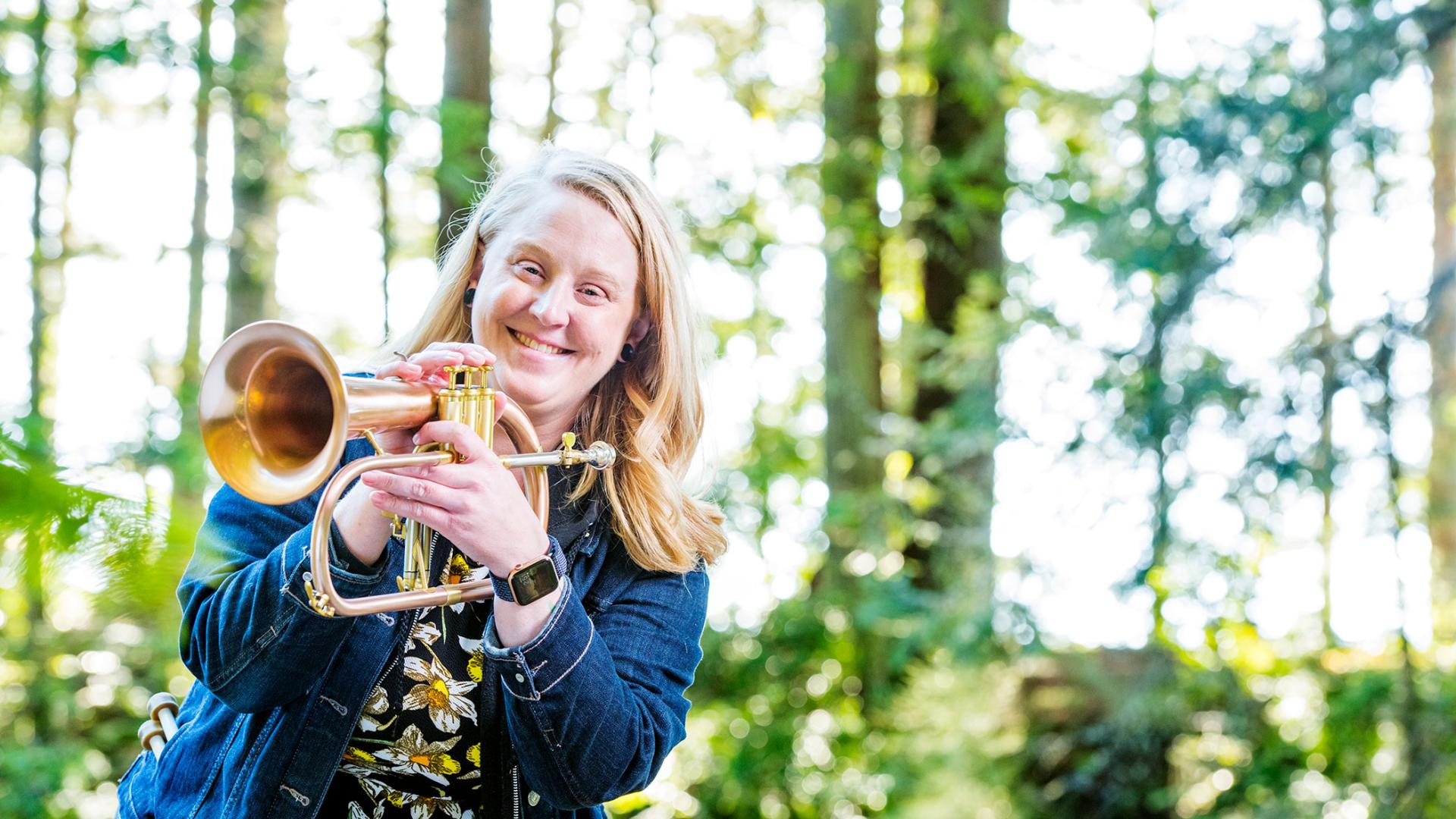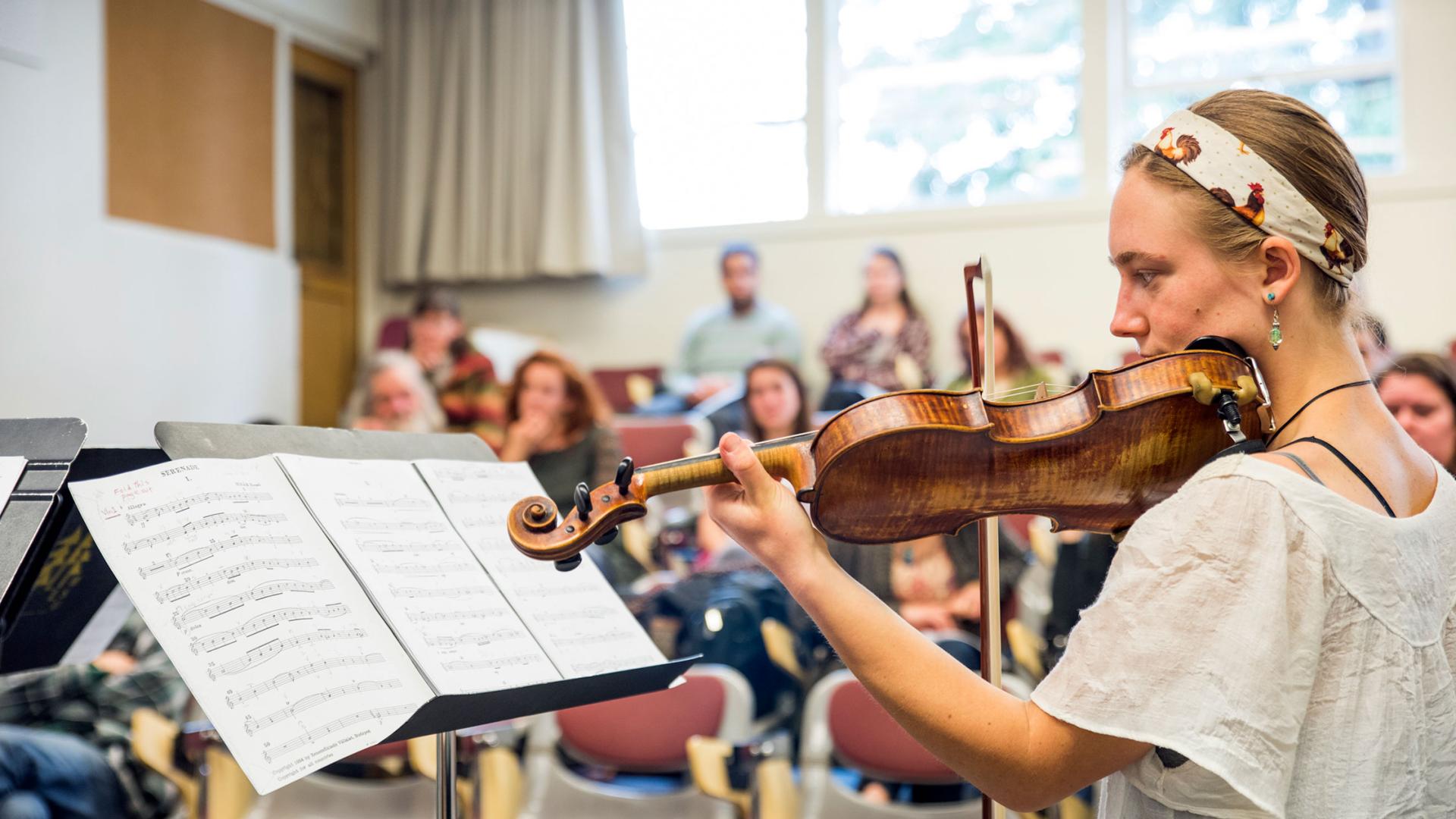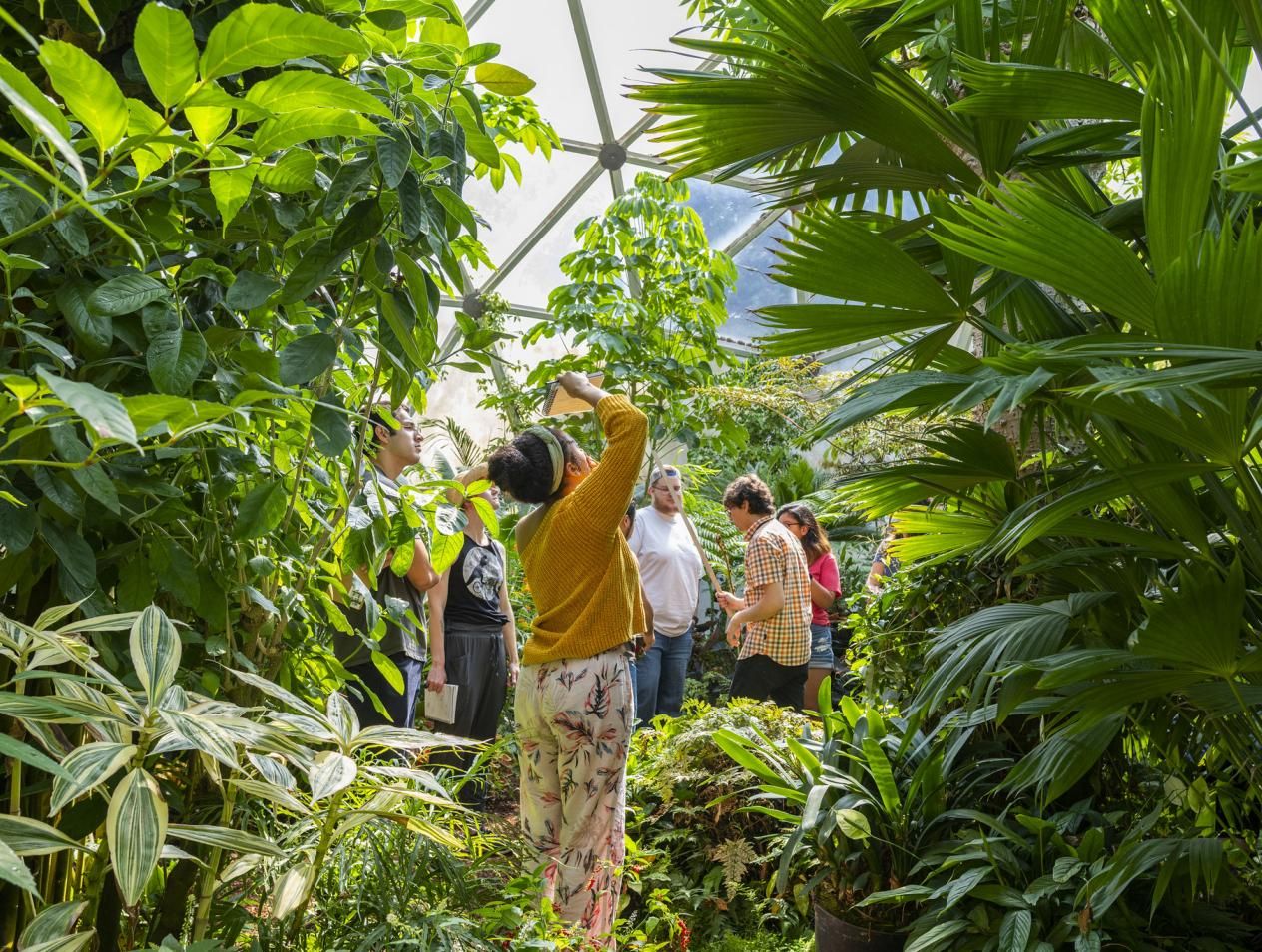Breadcrumb
Achievements
Find out what our students, faculty, and staff are being recognized for.
Rachael M. Wade
Biological Sciences
Rachael M. Wade, Assistant Professor of Biological Sciences was awarded a grant for studying ecologically driven morphological plasticity in coralline algae. Her research focuses on the diversity of marine macroalgae and the evolutionary processes that determine and support their current distributions. Macroalgae are often poor dispersers, so understanding how they've diversified and have come to be globally distributed, in some cases. Her work often relies on the incorporation of historical specimens, with genetic resources derived from 19th-century collections, to better understand their diversity and taxonomy.
Silvia E Pavan and students
Biological Sciences
Silvia E Pavan, Assistant Professor of Biological Sciences was awarded a grant for presenting research, with students, at the 2024 Meeting of the American Society of Mammologists. Sylvia is broadly interested in biodiversity, and she works with fieldwork exploration and collections-based research to discover and describe species and to understand species diversity and evolution. Her research has been focused on different groups of mammals, especially marsupials and rodents.
Pedro Peloso, Brandice Guerra
Biological Sciences
Professors Pedro Peloso (Biological Sciences) and Brandice Guerra received a grant from the Maxwell/Hanrahan Foundation (www.maxwell-hanrahan.org) to support an illustration internship at Cal Poly Humboldt. An international student will visit our community this spring to work in a project that aims to raise awareness about amphibian extinctions globally. You can read more about the internship here: https://now.humboldt.edu/news/new-scientific-illustration-internship-gi…
Alana Chin
Biological Sciences
Dr. Alana Chin received a grant to support research looking into factors impacting redwood tree fog-uptake. Redwood trees absorb water from fog, making it a key provider of water in the summer months. However, as the climate changes, so have fog characteristics, increasing the need to understand how redwoods are acclimating to changes in fog. The project will assess and monitor fog absorption capacity in redwoods, and is a critical next step in our ability to predict the impacts of climate change on redwoods and select nursery stock for restoration.
Funding comes from the Save the Redwoods League.
Silvia Pavan, Pedro Peloso
Biological Sciences
We just published a paper on diversity of non-volant small mammals (marsupials and rodents) from Parque Nacional del Río Abiseo (PNRA), a poorly known site located in the eastern Andean slopes in Peru. We report the highest ever recorded diversity for high Andes, and through DNA barcoding we reveal several putative new species of small mammals that are uniquely known form PNRA. The paper is a result of an expedition in 2018, funded by National Geographic, and had the collaboration of a diverse team of researchers including myself as first author and Cal Poly colleague Pedro Peloso as senior author.
Brian Tissot, Sean Craig
Biological Sciences
Drs. Brian Tissot and Sean Craig received funding to continue ongoing monitoring research in Marine Protected Areas (MPAs) along the California coastline. MPAs are regions designated and managed for the long-term conservation of marine resources, ecosystems services, or cultural heritage. Specifically, he and his team are looking at underwater kelp forests, collecting ecological and environmental data that will inform the evaluation and adaptive management of California’s network of MPAs. The project includes collaborators from UC Santa Cruz, UC Santa Barbara, and Occidental College. Funding comes as a subaward from UC Santa Cruz, with the primary funder being California Sea Grant.
Dr. Oscar Vargas
Biological Sciences
Dr. Oscar Vargas collaborated in the assemblage and annotation of a spiral ginger genome. Authors sequenced the nuclear genome of two species of plants in the family Costaceae. The study provides a draft annotation for the genome by mapping the transcriptome (RNA, expressed DNA) of one species to its draft genome. This study provides useful genetic resources for the study of non-model organisms. https://doi.org/10.1093/jhered/esad018
Dr. Oscar Vargas
Biological Sciences
Dr. Oscar Vargas collaborated in the description of a new species of spiral gingers from the mountains of Costa Rica. The paper examines the possible causes of speciation by comparing the genetics and climate preference of the new species to its closest relative. https://doi.org/10.1600/036364423X16758877666039
Silvia Pavan
Biological Sciences
Dr. Silvia Pavan received a grant from the National Science Foundation to implement a project that will digitize and georeference Cal Poly Humboldt’s mammal collection. The project will be part of a collaborative effort under the Ranges Thematic Collections Network (Ranges TCN), an initiative lead by the University of North Carolina, to digitize and mobilize trait data from mammalian museum specimens from across the American West, including standard external morphological measurements, reproductive and life history observations, and information on ecological associations. Resulting trait datasets will support next-generation anatomical and evolutionary research, and provide baselines for future population monitoring efforts.
Erik S. Jules
Biological Sciences
Erik Jules (Biological Sciences) published a paper with ten Humboldt student co-authors in the American Journal of Botany (doi.org/10.1002/ajb2.16112). The study -- titled "Genotype accounts for intraspecific variation in the timing and duration of life cycle events" -- was an experimental study of willows covering an area approximately the size of a football field. The results showed that the timing of key life events, such as leaf emergence, flowering, and fruit set, are all heritable traits, indicating that natural selection could favor some individuals under changing climate conditions. Of the ten students, six went onto graduate school after leaving Humboldt.


